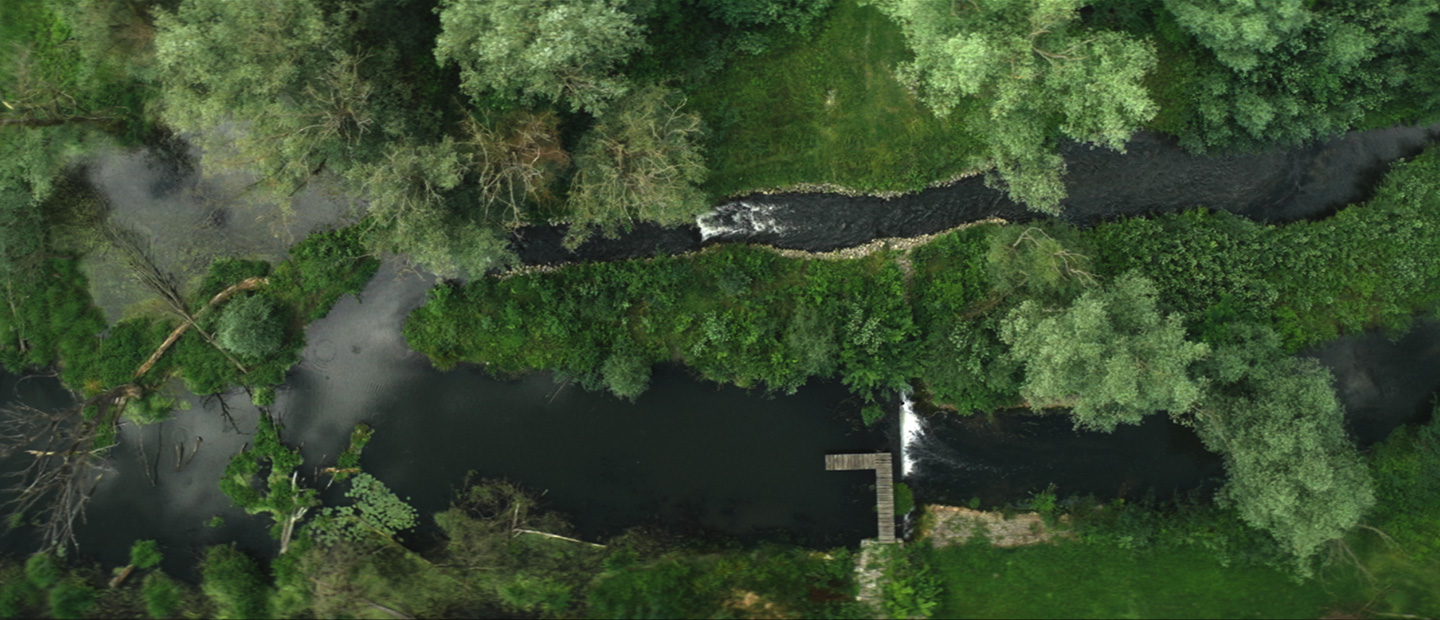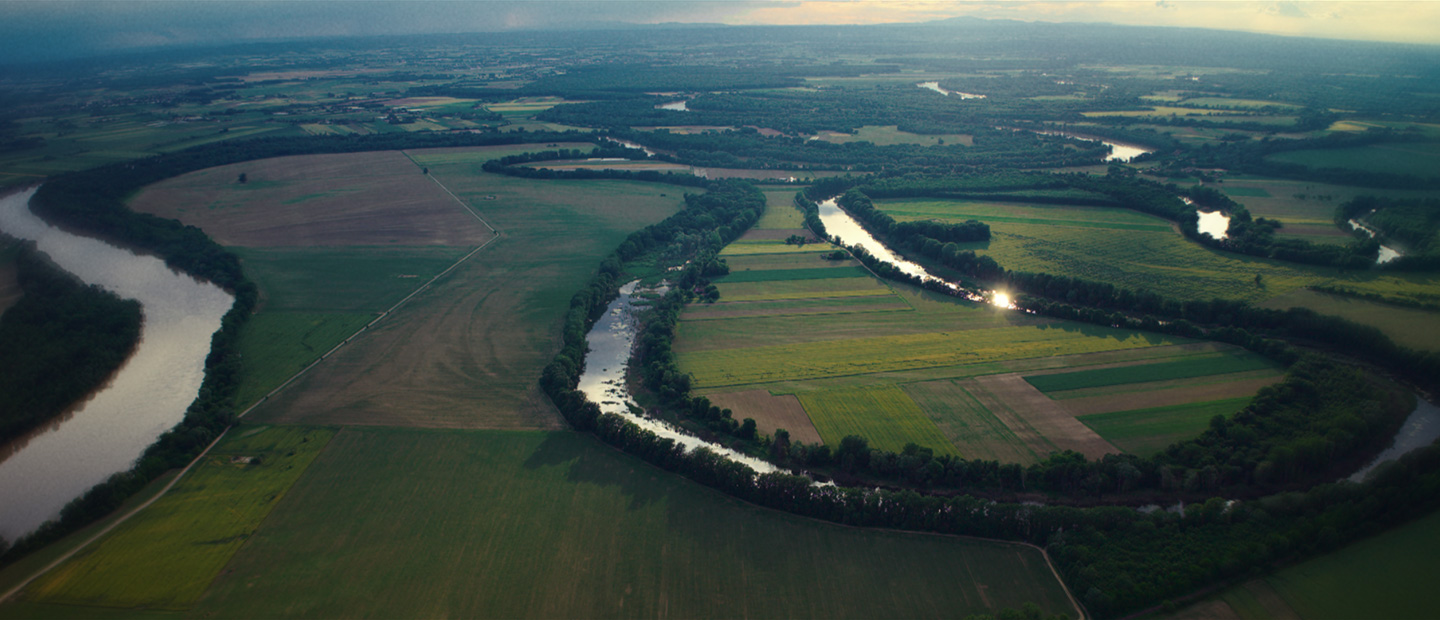
RIPPLES OF CHANGE: DISCOVER THE STORIES OF THE DANUBE
04-11-2024
Water is our most precious resource. We depend on it for agriculture and food, and to sustain our communities and businesses. Nature depends on it too; plants and animals, whether fish, birds, insects or mammals, all need water to thrive. Without water, life cannot be sustained.
The waters of the Danube River Basin are a vital lifeline that sustain a significant part of Europe[1], connecting 79 million people[2] and 7,000 species of plants and animals along the way[3]. No river on Earth touches more countries as it meanders from source to sea, yet in the last 150 years, over 80% of the Danube and its main tributaries' wetlands have been lost to human activity and the effects of climate change[4].
It is more important than ever that we all work together to help protect this precious natural resource.
Our new film, Ripples of Change, tells the inspiring stories behind two projects from within The Living Danube Partnership. Restoring the Persina Island wetland on the Danube in Bulgaria, and the Old-Drava oxbow on the Hungary-Croatia border, on the Drava, one of the largest tributaries of the Danube, are centrepieces of this story.
Discover the stories of the Danube, where the partnership has harnessed the power of collective action alongside local communities and authorities in helping to restore these valuable habitats. Their actions have contributed to the wetlands’ restoration, which has had a positive ripple effect.
Ripples that have spread through the ecosystem on the Persina Island. For example, modernising the existing sluice gates helped to improve the water supply of Persina’s marshes. Shortly after the restoration project began, colonies of Dalmatian pelicans returned and took over the new bird nesting platforms built as part of the project, bringing back the sound of nature to the area.[5]
Ripples have also brought fish back to the Old-Drava oxbow, had been cut off from the main river. A bottom-weir with a fish pass at the outflow and limited dredging of the oxbow were tonative trees to improve forest biodiversity, and renovated angling recreational fishing and angling.[6]
The Living Danube Partnership has brought together WWF Central and Eastern Europe (WWF-CEE), the International Commission for the Protection of the Danube River (ICPDR) for nearly a decade. Their partnership has extended to many national, regional and local authorities and other stakeholders and is supported by The Coca‑Cola Foundation and the EU[7]. This partnership has worked to restore water supply of wetlands along the Danube and Drava in Austria, Bulgaria, Croatia, Hungary, Serbia, and Romania.
While ripples were created, this work is just the start of a long journey ahead. The partnership has embarked on a second chapter with additional support from Coca‑Cola Europe and Coca‑Cola HBC. This next phase shares a continued commitment to help increasing climate resilience and watershed health across the Danube basin, helping create momentum for change that comes with every action.
Further readings
Sources
[1] Peter Georgiev Penčev and Patricia Garland Pinka (2018). Danube River | Location, Map, Countries, & Facts. In: Encyclopædia Britannica.
https://www.britannica.com/place/Danube-River
[2] WWF, Restoring Rivers and Wetlands at Scale (2018) : https://wwfcee.org/uploads/partnerships/LDP/WWF_CEE_LDP_Full_Report_210713_w.pdf
[3] ICPDR, The River Danube – Europe’s Backbone of Biodiversity (2024). https://www.icpdr.org/publications/danube-river-europes-backbone-biodiversity
[4] WWF, Restoring Rivers and Wetlands at Scale https://wwfcee.org/uploads/partnerships/LDP/WWF_CEE_LDP_Full_Report_210713_w.pdf
[5] WWF, Restoring Rivers and Wetlands at Scale https://wwfcee.org/uploads/partnerships/LDP/WWF_CEE_LDP_Full_Report_210713_w.pdf
[6] WWF, Restoring Rivers and Wetlands at Scale https://wwfcee.org/uploads/partnerships/LDP/WWF_CEE_LDP_Full_Report_210713_w.pdf
[7] The partnership has helped wetland conservation and res‑ toration directly, by co‑financing EU‑funded projects; and indirectly, by providing for example staff time and support for development of further restoration initiatives. WWF, Restoring Rivers and Wetlands at Scale https://wwfcee.org/uploads/partnerships/LDP/WWF_CEE_LDP_Full_Report_210713_w.pdf



